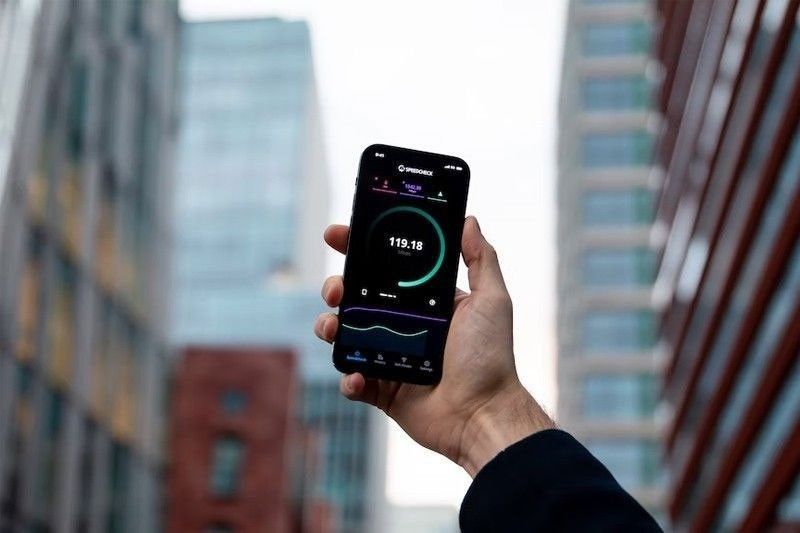Philippine still lags in mobile internet speed

Despite notable improvement in 2023
MANILA, Philippines — The Philippines logged one of the best improvements in mobile internet speed in Asia Pacific in 2023, but the country is far from matching the performance of regional leaders.
Based on an analysis by Opensignal, the Philippines improved its average speed by four Mbps in 2023, the 11th highest jump across 25 economies in Asia Pacific.
In spite of this, the Philippines still trails the regional benchmarks turned in by South Korea, Singapore and Australia, registering a download speed of 23.1 Mbps to land in the lower half of the region.
South Korea bested all countries in Asia Pacific with 140.2 Mbps. Singapore came next with 71.1 Mbps, while Australia ranked third with 58.5 Mbps.
The index placed Taiwan in fourth (55.7 Mbps), India in fifth (51.5 Mbps), China in sixth (50.5 Mbps), Brunei Darussalam in seventh (47.2 Mbps) and Japan in eighth (46.7 Mbps). New Zealand, Hong Kong, Malaysia, Maldives and Vietnam took the ninth to 13th spots, racing ahead of the Philippines.
Indonesia, Thailand, Cambodia, Bangladesh, Lao PDR, Myanmar, Pakistan, Papua New Guinea, Nepal, Sri Lanka and East Timor, in that order, rounded up the list for Asia Pacific.
“Asia Pacific markets saw an improvement of 5.2 Mbps on the average, [while] India, Malaysia and South Korea saw the highest speed increases in the region of 36.1 Mbps, 17.9 Mbps and 14.8 Mbps, respectively,” Opensignal said.
For 5G, the Philippines ended up third last in an index of 15 economies in Asia and the Pacific, turning in a download speed of 139.3 Mps in 2023.
South Korea led the region again on 5G speed, averaging 436.7 Mbps, as Malaysia came second with 337.7 Mbps, while Singapore finished third with 292.9 Mbps. India placed next with 280.7 Mbps, while New Zealand ranked fifth with 259.6 Mbps.
When compared to 4G, 5G provides subscribers with faster speeds and lower latency. As such, it enables devices to load websites quicker and run apps smoother, resulting in better experience.
At the height of the pandemic, most countries in Asia and the Pacific improved their 5G rollout to support the growing demand from consumers forced by the lockdowns to transact digitally.
As such, the region is projected to become one of the biggest 5G markets by 2025.
- Latest
- Trending































